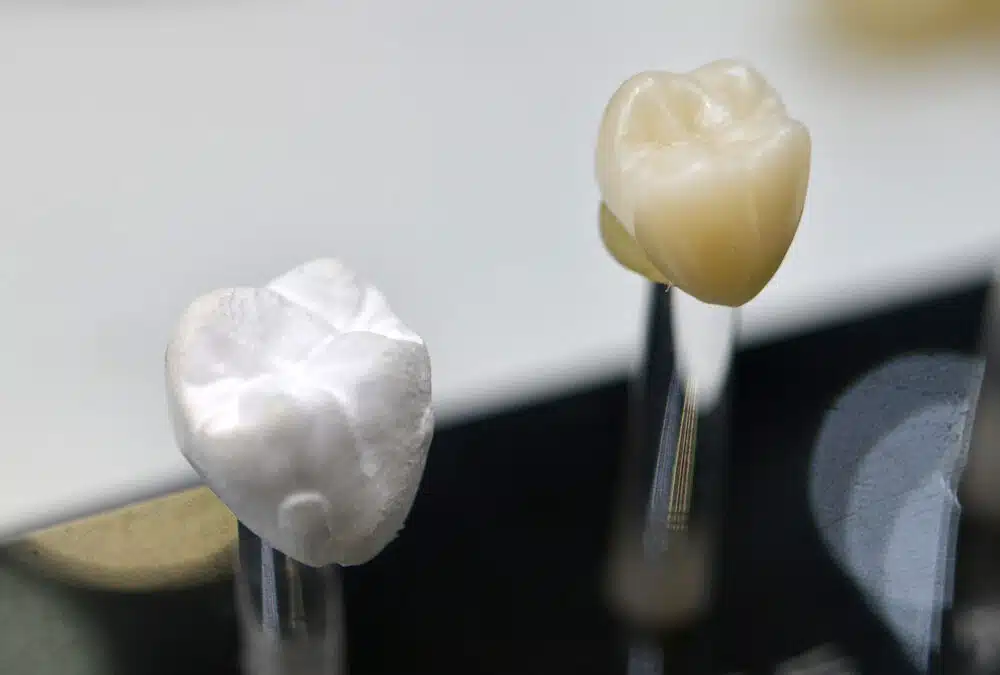When it comes to dental restorations, there are several options available, each with its own set of advantages and considerations. In this article, we will delve into the world of inlays, onlays, and crowns, providing you with a comprehensive understanding of these procedures.
What are Inlays, Onlays, and Crowns?
Inlays and onlays are types of indirect fillings used when a tooth has too much damage to support a standard filling, but not enough damage to necessitate a crown. An inlay is similar to a filling and lies inside the cusp tips of the tooth. The term “cusp tips” refers to the pointed parts on the top of your teeth, most prominent on the molars and premolars – the teeth at the back of your mouth that you use for chewing and grinding food. An onlay is a more substantial reconstruction that covers one or more cusps of the tooth.
A crown, on the other hand, is a type of dental restoration that fully caps or encircles a tooth or dental implant. Crowns are often needed when a large cavity threatens the ongoing health of a tooth.
When to Choose an Onlay vs a Crown
While both onlays and crowns aim to restore the structure and function of the tooth, the choice between the two often depends on the extent of the tooth’s damage.
Onlays are typically more conservative than crowns as they require less tooth reduction. This means that more of the natural tooth structure can be preserved, which is generally beneficial for the long-term health of the tooth.
However, in cases where the tooth is extensively damaged or weakened, a crown may be more beneficial. Crowns provide more robust structural support and protection, making them suitable for teeth that have undergone root canal treatment or have large fillings.
Inlays vs Regular Fillings
An inlay might be chosen over a regular filling when there’s a need to strengthen the tooth, restore its shape, or prevent further damage. Inlays are often made from durable materials that can withstand the forces exerted during chewing, making them a long-lasting solution.
Insurance Considerations
Insurance coverage for these procedures can vary. While many insurance companies cover a portion of the cost for crowns, coverage for onlays and inlays can be less consistent. It’s always recommended to check with your insurance provider to understand your coverage.
Conclusion
Whether it’s an inlay, onlay, or crown, the goal is to ensure the longevity and health of your teeth. By understanding these procedures, you can make informed decisions about your dental health.




